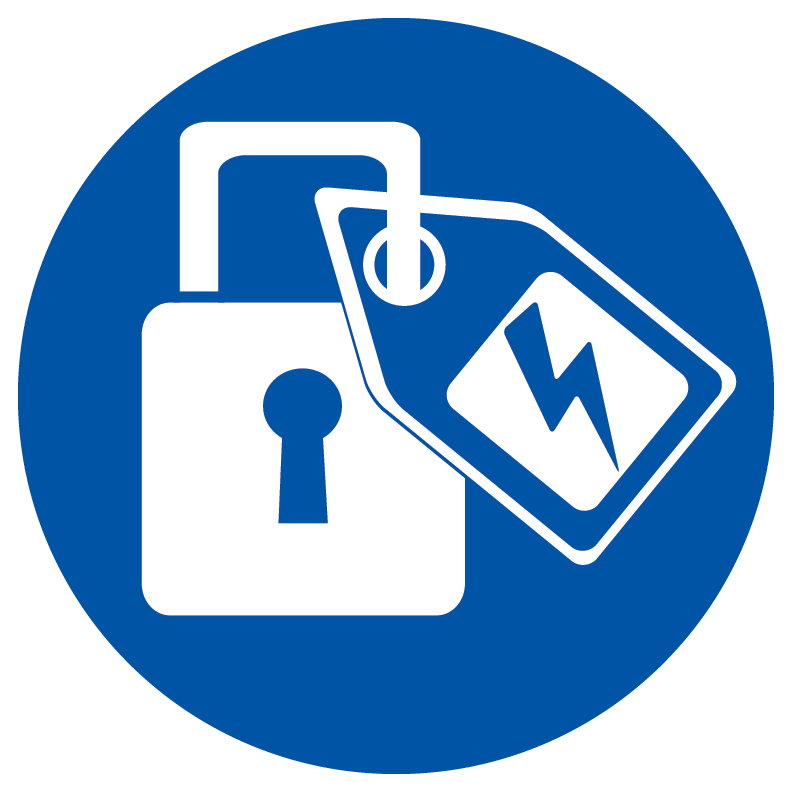Life Saving Rules are essential safety principles that when followed, will protect employees from serious injury or death. These rules were developed around hazards specific to Mauser Packaging Solutions and are focused, clear and simple, actionable, and observable.
ENERGY ISOLATION
Workers who service equipment, perform maintenance, or clear jam-ups can be exposed to the release of hazardous energy. Some common energy sources that power our equipment are electric, hydraulic, pneumatic, chemical, and thermal.
The way we control hazardous energy sources in most cases is by performing Lockout Tagout (LOTO) when conducting tasks the would cause exposure to hazardous energy. If LOTO is not performed prior to these tasks, energy can be released while an employee is in the line of fire and can result in a very serious injury or fatality.

LOCKOUT, TAGOUT STANDARD
The Control of Hazardous Energy Standard or Lockout Tagout (LOTO) Standard was developed by OSHA in response to the dangers from hazardous energy. OSHA estimates that the LOTO standard prevents approximately 50,000 injuries and 120 deaths a year.
Understanding why these standards are in place is crucial to understanding why it is important to follow the related safety practices and procedure.
Mauser Packaging Solutions is serious about always following LOTO Standards. We demonstrate our commitment to Lockout, Tagout through annual training and audits and by staying apprised of any OSHA updates to this standard.
Accidents caused by not following LOTO procedure are not sudden or surprise situations. LOTO should be the first step in starting maintenance or an unjamming process anytime energy is present..
Lockout, Tagout Examples
Jam-Ups
When a jam-up occurs and only an employee can clear the jam by putting their body in the line of fire, LOTO must be performed to prevent the release of hazardous energy. Examples include:
- Drums/totes caught on a conveyor - If the conveyor is not locked out, it may begin moving again when the jam is cleared.
- Drums caught in equipment (blaster, body roller, etc.) - If the machine, is not locked out it may start back up after jam is cleared.
Conveyers
Conveyors should always be locked out when performing maintenance, no matter how easy the fix. Sometimes this means figuring out how to lock out specific sections or locking out entire lines. The few minutes saved by not locking out a conveyor is not worth the potential risk for injury or death.
Our Commitment to Energy Isolation:
I will verify isolation and zero energy before work begins.
- I will not attempt to repair equipment without proper Energy Control Procedures in place and authorization/training to conduct the repair.
- When servicing equipment, I will confirm that all hazardous energy has been isolated and dissipated, tagged, and locked out.
- I will never enter equipment, cross barricades or remove guards unless energy control procedures have been implemented.
.

